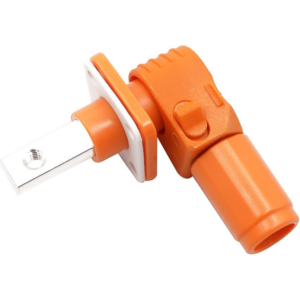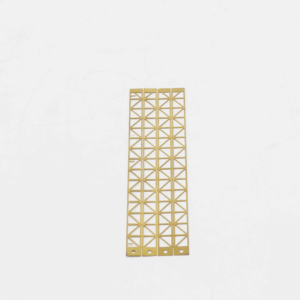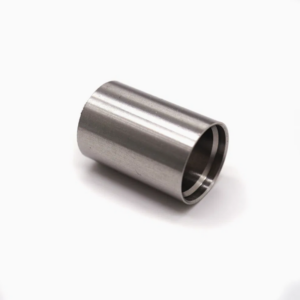Hello, this is Sunny from Topmetalstamping! Today, we’re diving into one of the most versatile materials in manufacturing: anodized aluminum. This electrochemical process enhances the surface of aluminum, improving its durability, appearance, and resistance to environmental factors. From aerospace to automotive and architectural applications, anodized aluminum is the material of choice for numerous industries. In this post, we’ll break down what anodized aluminum is, how it’s created, and why it’s such a sought-after option in modern manufacturing.
What is Anodized Aluminum?
Anodized aluminum is the result of an electrochemical process that forms a protective oxide layer on the surface of aluminum. During this process, the aluminum piece is used as the anode (positive electrode) in an electrolytic bath. By applying an electric current, the aluminum reacts with the electrolytes to create a thicker and stronger oxide layer, which improves the material’s hardness, corrosion resistance, and overall performance.
This oxide layer also has a unique property—it’s porous. This allows anodized aluminum to be dyed in a variety of colors, offering both functional and aesthetic benefits. Whether it’s for an industrial part or a consumer product, anodizing not only enhances the material’s properties but also makes it more visually appealing.
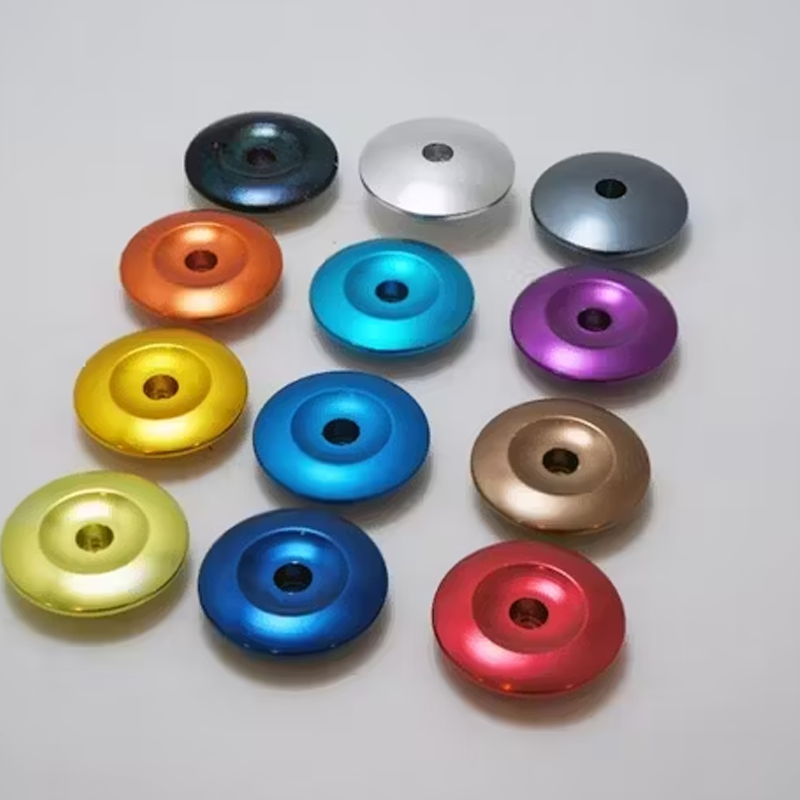
The Anodizing Process
The anodizing process involves several key stages to ensure the aluminum surface is treated correctly, resulting in a strong, durable, and visually striking finish. Here’s a breakdown of the process:
1. Surface Preparation
Before anodizing, the aluminum surface must be thoroughly cleaned to remove any oils, grease, or dirt. This is typically achieved through a degreasing solution, followed by an acid cleaning step to remove any existing oxides and contaminants. The surface must be smooth and uniform to ensure the oxide layer forms evenly.
2. Anodizing
The next step is the anodizing itself. The aluminum part is submerged in an electrolytic bath containing sulfuric acid or another electrolyte. Once the current is applied, the aluminum’s surface undergoes an electrochemical reaction, forming a layer of aluminum oxide (Al2O3). This oxide layer varies in thickness, depending on factors like the electrolyte used, voltage, and time.
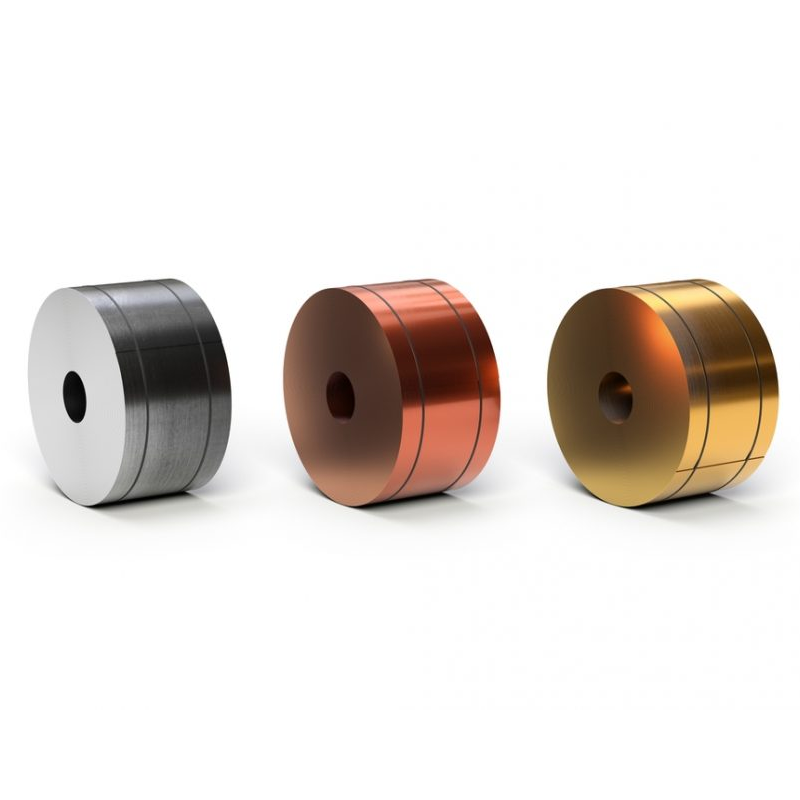
3. Dyeing (Optional)
If color is desired, the anodized aluminum’s porous surface can absorb organic dyes. This step adds a decorative touch while maintaining the protective qualities of the oxide layer. Alternatively, electrolytic coloring can be applied, where metal salts are introduced into the oxide layer to create metallic hues.
4. Sealing
Once anodizing (and dyeing) is complete, the next step is sealing. Sealing involves closing the pores of the oxide layer to prevent corrosion and improve wear resistance. This is usually achieved through hot water or steam treatments, or sometimes with nickel salt solutions. Sealing ensures that the anodized aluminum’s properties remain intact and that its finish lasts longer.
Types of Anodized Aluminum
Anodized aluminum can be classified into several categories based on its specific application, film thickness, and other factors. Here are the main types:
1. Standard Anodizing
This is the most common type of anodizing, typically used for decorative and general-purpose applications. The film thickness ranges from 5 to 25 microns, and it provides a clear or slightly opalescent finish. Standard anodized aluminum is widely used in products like consumer electronics, architectural components, and decorative parts.
2. Hard Anodizing
Hard anodizing involves creating a thicker and more durable oxide layer, typically between 25 and 150 microns. This process results in a material that has superior wear and corrosion resistance. Hard anodizing is commonly used in industrial applications, such as aerospace, automotive, and manufacturing parts, where strength and durability are crucial.
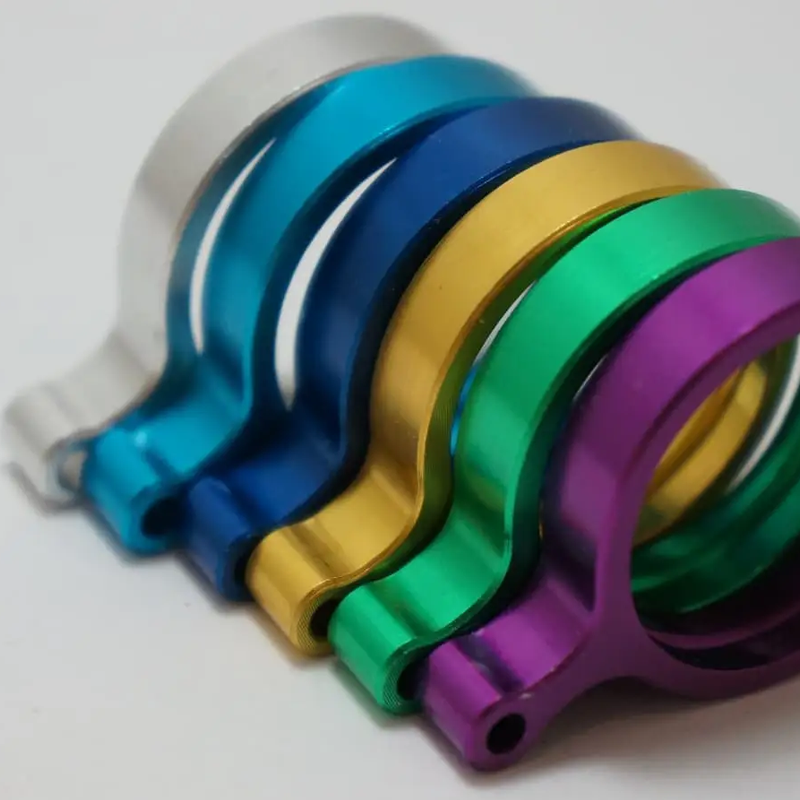
3. Thick Film Anodizing
For applications that require even more robust protection, thick film anodizing is used. The oxide layer in this process typically exceeds 50 microns and provides enhanced protection against abrasion and electrical insulation. Aerospace, military, and electrical equipment industries often rely on thick film anodized aluminum for critical parts.
4. Dyed Anodizing
Dyed anodizing gives anodized aluminum vibrant colors, which makes it an ideal choice for products where aesthetics are important. The porous structure of the anodized layer absorbs dyes, and the result is a wide range of hues. This process is popular for consumer electronics, such as phone cases, laptops, and camera bodies, as well as for architectural components requiring a decorative finish.
5. Phosphoric Acid Anodizing
Phosphoric acid anodizing creates a thin oxide layer with excellent adhesion properties, making it ideal for bonding applications. This type of anodizing is often used to prepare aluminum for coatings, adhesives, or other types of bonding.
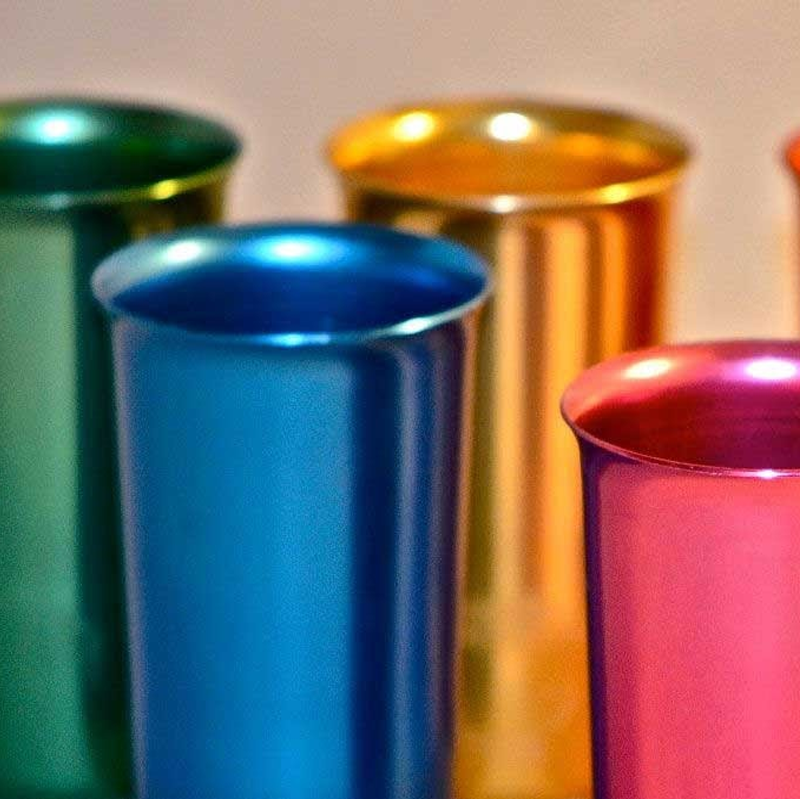
The Colors of Anodized Aluminum
One of the standout features of anodized aluminum is its ability to be dyed in a wide range of colors. Naturally, anodized aluminum has a clear or metallic gray appearance, but by using various dyes or electrolytic coloring techniques, colors such as black, red, blue, green, yellow, gold, and purple can be achieved. The color options are not only aesthetically pleasing but also add an extra layer of protection by sealing the pores of the oxide layer.
Benefits of Anodized Aluminum
Anodized aluminum offers a variety of benefits that make it a preferred material in many industries:
- Corrosion Resistance: The aluminum oxide layer is highly resistant to corrosion, making anodized aluminum suitable for use in harsh environments, from marine applications to automotive parts.
- Wear Resistance: The hard oxide layer protects the aluminum from scratches and wear, extending the lifespan of products in high-contact applications.
- Decorative Qualities: With the ability to absorb dyes, anodized aluminum can be customized in various colors, offering endless design possibilities.
- Electrical Insulation: The oxide layer acts as an excellent insulator, which makes anodized aluminum ideal for electronic and electrical applications.
- Environmentally Friendly: Anodizing is an environmentally friendly process, as it doesn’t require harmful chemicals, and wastewater treatment is relatively simple.
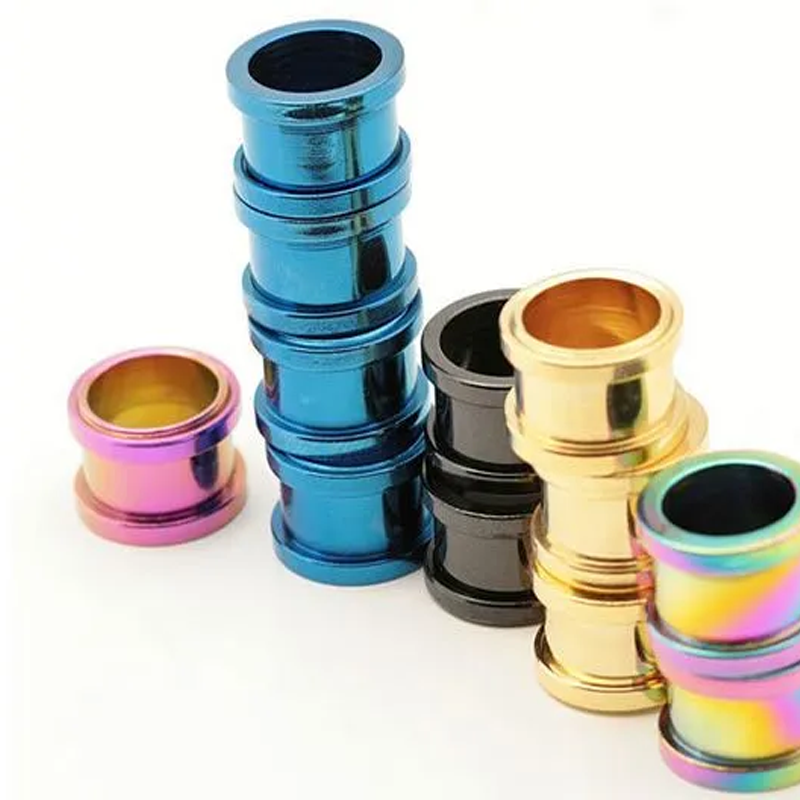
Challenges and Limitations of Anodized Aluminum
While anodized aluminum offers numerous advantages, there are some drawbacks to consider:
- Brittleness: Although anodized aluminum is highly durable, the oxide layer is relatively brittle, making it prone to cracking under impact or stress.
- Color Stability: In some cases, the color of anodized aluminum can fade over time when exposed to prolonged sunlight or harsh environmental conditions.
- Thickness Limitations: The protective oxide layer has a finite thickness and may not provide sufficient protection for applications that require even thicker coatings.
Ensuring Quality in Anodizing Aluminum
To achieve optimal results when anodizing aluminum, several factors must be carefully controlled, including surface preparation, electrolyte selection, current density, temperature, and process timing. At Topmetalstamping, we ensure that each step of the anodizing process is carefully monitored to provide high-quality, consistent results that meet our customers’ specifications.
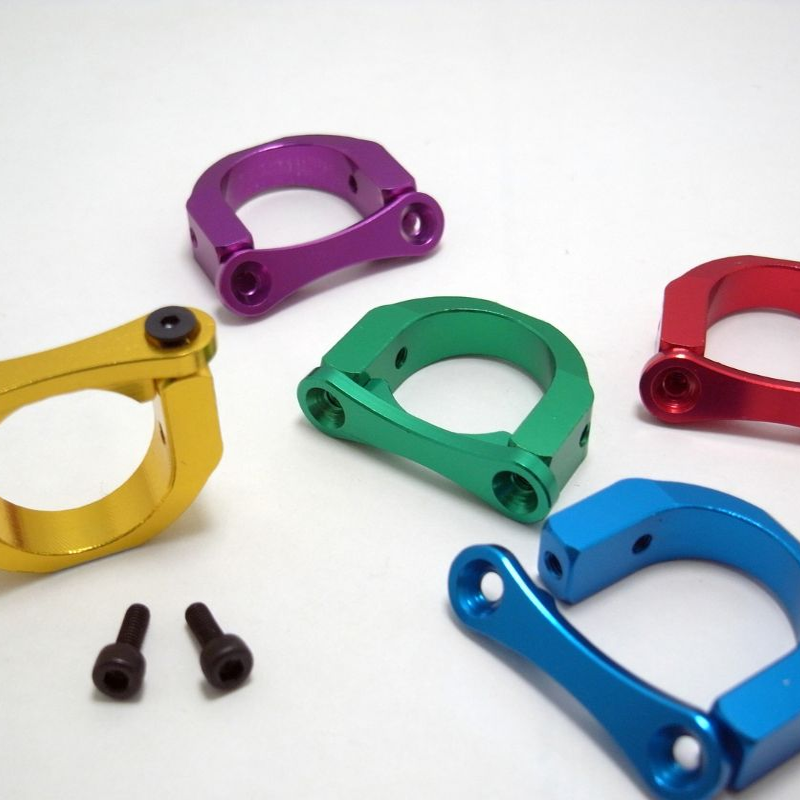
Clusion
Anodized aluminum plays a vital role in enhancing the performance, durability, and aesthetics of aluminum products. Whether you’re in aerospace, automotive, architecture, or consumer electronics, anodized aluminum can provide a reliable solution to meet your needs. At Topmetalstamping, we specialize in anodizing services that deliver exceptional results for all your manufacturing projects.
If you’re looking for high-quality anodized aluminum products with fast processing times and competitive pricing, don’t hesitate to get in touch with us! We’re here to help bring your vision to life. Reach out today to learn more about how anodized aluminum can benefit your next project.

